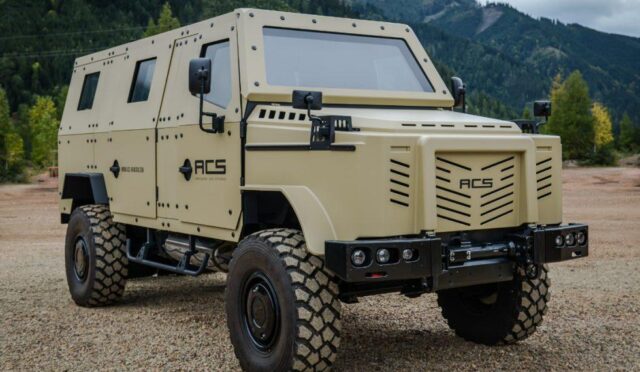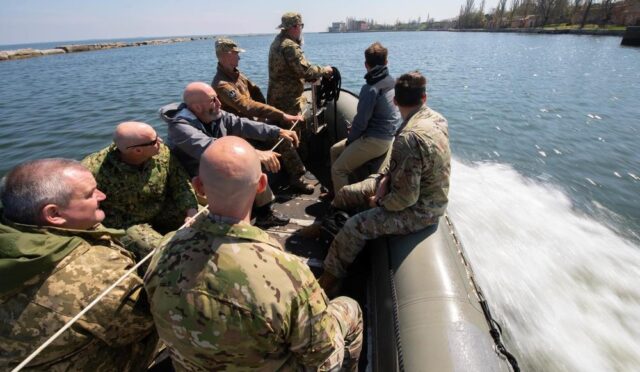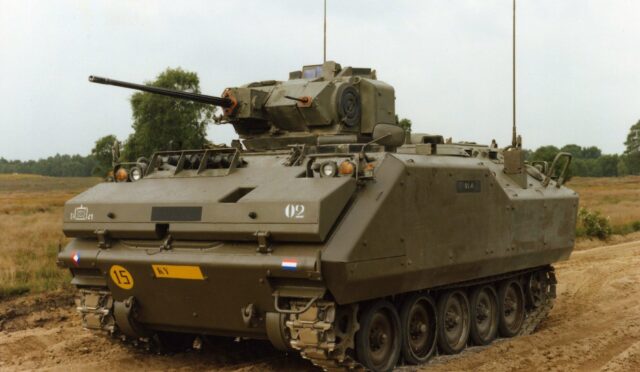VAMTAC ST5 Vehicle: New Addition to New Zealand Army
The New Zealand Army has recently welcomed a prototype of the VAMTAC ST5 four-wheel drive vehicle, marking a significant step in its modernization efforts. This new addition, part of a 2024 contract, was transported from Galicia, Spain, to Wellington International Airport via a Royal New Zealand Air Force C-130J-30 Super Hercules aircraft. Following its arrival, the vehicle is set to undergo rigorous testing, focusing on communications design as per military specifications, and will be essential for subsequent operator training and clearances.
This initiative is a key component of New Zealand’s strategy to revamp its ground-based utility fleet. The plan involves integrating 20 VAMTAC ST5 light vehicles and 40 VAMTAC CK3 medium utility vehicles, both manufactured by the Spanish company Urovesa. These new vehicles will gradually replace aging models like the Unimog and Pinzgauer trucks that have been part of the fleet since the 2000s, which currently constitute approximately 25 percent of operational utility vehicles. Once the vehicles are fully delivered, they will enhance the army’s capabilities across various operations, including humanitarian missions, disaster relief, and search and rescue.
Expanding the Fleet
The financing for the vehicles comes through a substantial investment of 100 million New Zealand dollars, roughly equivalent to $59.3 million, dedicated to the assembly of the first batch. Deliveries of these innovative vehicles are expected to commence in 2027, significantly boosting the army’s overall operational readiness and modern capacity. The progressive acquisition strategy underscores New Zealand’s commitment to ensuring that its military forces remain well-equipped for diverse mission parameters.
The VAMTAC system, which stands for Vehículo de Alta Movilidad Táctico, is designed specifically for high mobility and tactical versatility. The ST5 variant measures approximately 6 meters in length and weighs around 6,000 kilograms. This robust vehicle can carry a payload of 1,700 kilograms and is capable of reaching speeds up to 110 kilometers per hour. In comparison, the VAMTAC CK3, a medium utility vehicle, boasts a greater weight of about 9,950 kilograms but mirrors the ST5’s dimensions and speed characteristics.
The VAMTAC System and Its Capabilities
Sarah Minson, New Zealand’s Deputy Defence Secretary for Capability Delivery, praised the UROVESA vehicles, remarking on their versatile, efficient, and durable design. She highlighted that over 20 countries, including Singapore and various NATO members, currently utilize these vehicles, pointing to their global recognition. The capabilities of the new VAMTAC fleet are pivotal, particularly their ability to maneuver off-road in demanding conditions, thanks to features like high ground clearance, a 4×4 drive system, and advanced differential locks.
With the induction of the VAMTAC vehicles, the New Zealand Army is set to significantly enhance its operational capabilities. This initiative not only demonstrates a commitment to modernizing military assets but also ensures that forces are better equipped to handle a broad range of activities, from defense operations to humanitarian assistance.







